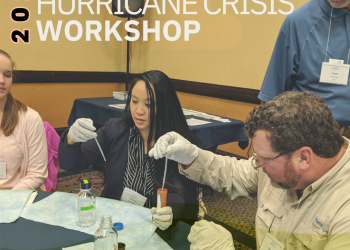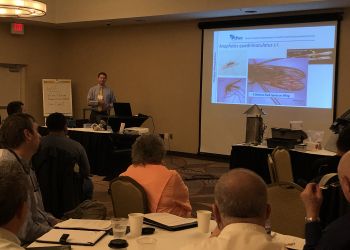By Karin Valentine Goins, MPH, Program Director, Division of Preventive and Behavioral Medicine, University of Massachusetts Medical School
Editor’s Note: This is the third in a three-part series covering the Capabilities for Public Health Agency Involvement in Land Use and Transportation Decision Making to Increase Active Transportation Opportunity from the UMass Worcester Prevention Research Center. Read the first post here and the second post here.
Local health department (LHD) engagement in decision making about the built environment promises to increase opportunity for active transportation, particularly with an eye toward health equity. Some LHDs have been leaders in built environment work, designating staff and resources to manage it. Such LHDs are often in larger cities or serve communities with longstanding commitment to active transportation, such as college towns.
Public health stakeholders newly engaging on built environment topics, particularly small to midsize LHDs, can benefit from tools from those more experienced to assist them in strategically planning and implementing their efforts. This in turn can help them achieve the goals of Public Health 3.0 with its focus on cross-sector collaboration and social determinants of health.
The first post in this series presented the three capabilities an expert panel of practitioners identified as feasible for LHDs with the fewest resources. The second post presented the four capabilities the panel identified as feasible LHDs with moderate resources. This last installment describes three capabilities the panel identified as feasible for departments with the most resources.
Capability: Data and assessment
Definition: Data collection, analysis, evaluation, reporting, Geographic Information Systems (GIS).
Tasks:
- Maintain and manage community-level health statistics data: The data LHDs commonly collect can help justify additional resources for walking and bicycling facilities.
- Maintain updated knowledge of the evidence base regarding the link between health outcomes, health behaviors and built environment indicators at the local level: Health departments are well-positioned to keep tabs on the fast-growing field and bring new information and innovations to decision makers.
- Compile best practices on community design and health from other communities: The most persuasive information is often not statistics but stories from the field, especially from communities officials view as peers. Case studies are often promoted through public health channels.
- Assist with qualitative data collection efforts at the neighborhood level to inform built environment improvements: LHDs can work with their ongoing community connections to generate data that enriches quantitative information.
- Identify opportunities to include active transportation in local ordinance and regulation: Simple audit tools exist that can help LHDs identify gaps and opportunities in their community’s regulatory structure.
- Identify strategic opportunities for and conduct collaborative health impact assessment of plans, policies or projects: Health impact assessment is a set of tools and techniques to assess the potential impact of a proposed plan, policy or project in order to propose measures that can enhance positive impact and mitigate negative consequences. LHDs can help assess when HIA is needed and possible. They can also lead or participate in the process.
Capability: Dedicated staffing
Definition: Fund LHD personnel to work on built environment.
Tasks:
- Support dedicated LHD staff who work on built environment and physical activity: Funding personnel to focus on built environment issues signals a department’s commitment to active transportation as a form of physical activity and assures the time needed to integrate the LHD into a community’s land use and transportation decision making structure.
Capability: Funding support
Definition: Secure or assist municipal agencies in securing new or dedicated funding for pedestrian or bicycle facilities and initiatives or to support LHD built environment work.
Tasks:
-
Assist other agencies with their grant applications to improve pedestrian or bicycle infrastructure or support initiatives (e.g. Safe Routes to School): LHD personnel often have valuable grant writing experience they can share with departments focused on built environment. Providing a letter of support that emphasizes the transportation-health connection can strengthen other departments’ applications.
- Secure dedicated public health funding to improve pedestrian or bicycle infrastructure or support initiatives (e.g. Safe Routes to School): LHDs may be the only ones eligible to apply for specific funding sources such as US Centers for Disease Control and Prevention. They may also have connections to community partners eligible to apply for other sources.
Active transportation can be part of the solution to physical inactivity as well as larger transportation issues that affect individual and community economic and social health. Building participation by public health in built environment decision making is worth the investment.
Do you have a story you want to share about success (or struggles) with a capability or tasks? Contact Karin Valentine Goins at [email protected].








